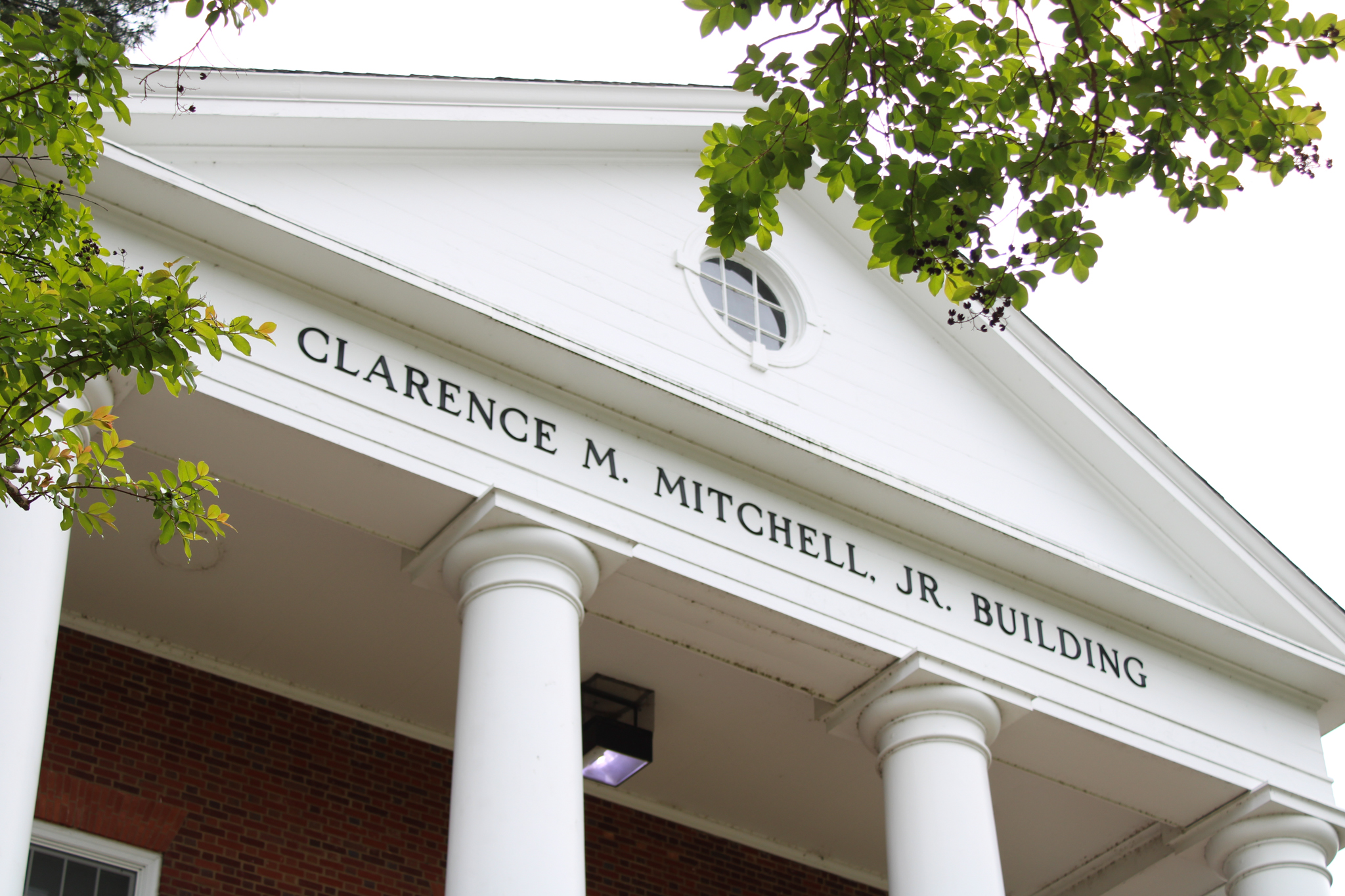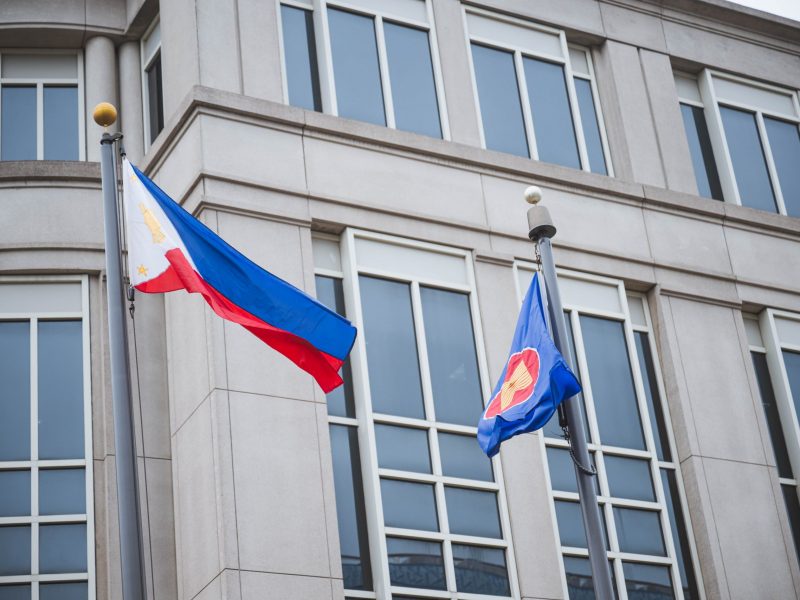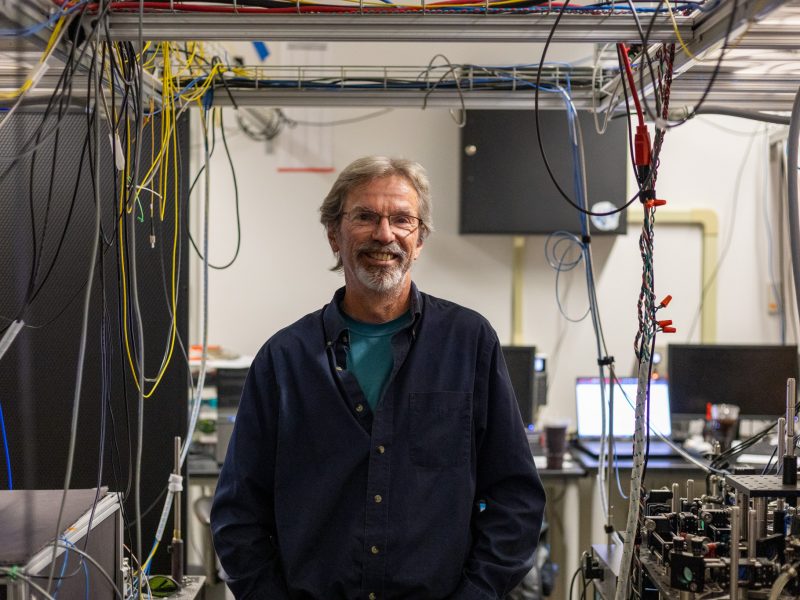By Floris Lenaerts
For The Diamondback
The University of Maryland has created a new restorative justice student conduct process that aims to address and heal conflict through community-based methods.
The Restorative Justice Alternative Resolution Process, which launched last year, is available for some students who violate this university’s student conduct policies.
RJARP has already been used for two cases and is part of a broader effort by this university to implement more restorative justice principles across campus, according to Nicole Garcia Diaz, the assistant director for restorative practices and community development in Resident Life.
Restorative justice practices are rooted in Indigenous and spiritual traditions worldwide. The practice emphasizes “interconnectedness and nurturing relationships through respect, support, and healing,” according to the student conduct office’s website.
Jordan Bellevue, a restorative justice intern in this university’s rights and responsibilities office, said restorative justice is different than the typical conduct process because it focuses on the individual and community harmed.
“It shifts the focus from the person that caused the harm to the victim and how we can help them … get to a place where they feel that the person who calls harm to them understands the impact,” the sophomore criminology and criminal justice and psychology major said.
For a case to be eligible for RJARP, the person who caused harm must acknowledge their actions and want to grow, according to the student conduct office website. The person impacted must also agree to the process, the website said.
There are multiple parties in the restorative justice process:
- Person who caused the harm
- Person impacted by the harm
- Support people
- Community representative
- Trained restorative facilitator
Everyone involved, other than the two facilitators, participates in a “circle conference” to create a “resolution plan,” the website states. If the person who caused harm completes the plan, there will be no disciplinary record, according to the website.
Kyleigh Klinger, another restorative justice intern and a sophomore government and politics major, said the process is unique because it can be tailored to each situation.
[UMD prepares 2026 working budget amid USM funding cuts]
Diaz started the Restorative Justice Committee — which consists of staff, faculty members and alumni — to create a restorative community at this university after noticing a rise in mental health issues among students at the student conduct office, she said.
“When a student has an issue where they may have violated policy, they come to meet with us, and we meet them in a really difficult time in their life where they’re in … a lot of trouble,” Diaz said.
She recognized the need to center student well-being, growth and learning.
“The answer that we got to was restorative practices,” she said
More than 90 staff and faculty members at this university have been trained in the restorative philosophy, and around half of them are also trained in the facilitating role, Diaz said.
“[The consultations are] like a way to cut through the small talk and actually talk to them about what’s going on,” Diaz said.
Caitriona Wright, a senior microbiology major, said she participated in one of the first RJARP cases at this university after her scooter was stolen. She added that she worked together with someone who had stolen another scooter on campus.
The process was very positive and “non-threatening,” she explained.
“We talked about how [stealing] affected me and how it affects other people,” Wright said. “We … created a restorative justice plan for how [the person responding] could not do it in the future and make up the loss.”
Wright said she supports expanding restorative practices at this university because it can help people understand others better.
[UMD SGA commission finds students were bribed to vote unfavorably on divestment referendum]
Moving forward, the restorative justice commission also hopes to maintain connections with its Indigenous roots, Diaz explained, which could be through buying art from Indigenous artists.
This university currently uses a talking piece created by an Indigenous artist made from a leaf from the oldest tree on campus and beaded in Maryland colors as part of the restorative justice process to indicate whose turn it is to speak, Diaz said.
Diaz said the committee’s long-term project is to create a restorative community as a long-term project.
“We are not there yet,” Diaz said. “It’s going to take quite a few meaningful steps: training, shifting culture, funding, even. But we’re seeing, in all the years I have worked on this, a beautiful shift and excitement about this work.”
CORRECTION: A previous version of this story misstated that the Restorative Justice Alternative Resolution Process is available to students who violate this university’s academic integrity code. It also misstated that faculty members and student organizations have performed more than 40 restorative justice consultations. This story has been updated.



